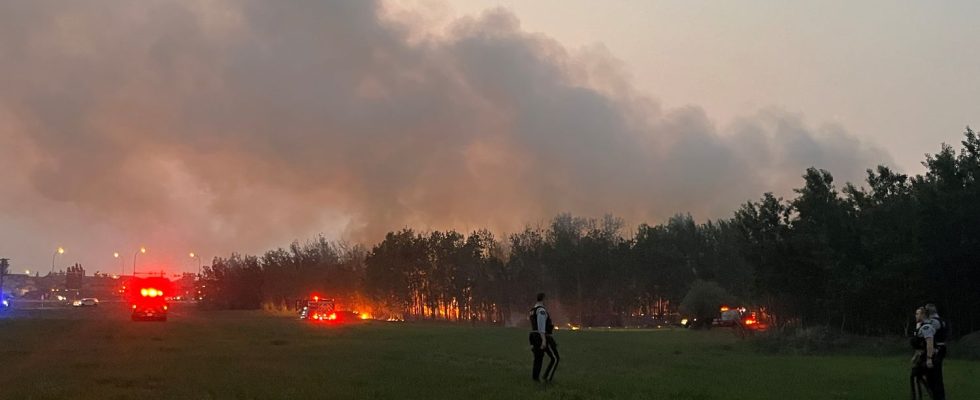One million hectares devoured by flames in the Alberta region. Without the sustained showers of the past few days, how much longer would the fire have spread? For three weeks, the firefighters had been fighting tirelessly, and the journalists who covered these fires could only deplore the disaster.
In France, last year, we touched on climate change. It was no longer a question of blocks of ice peeling off in the polar zones, on the other side of the planet. The fires in the south of the Gironde and the Arcachon basin revealed the notion of emergency, before our eyes, in front of our home. And this year, the water shortage, while the summer has not started, dry taps and swimming pools that must remain empty. All this is unprecedented in France.
In Canada, it is already ancient history, so to speak. The melting pack ice, the forest fires, the winter that is getting shorter, the snow getting later and later, the warm seasons even warmer. And the journalistic narrative, in the face of these repeated episodes, is exercised on the logic of constantly beaten records.
The tragedy of the Alberta fires
Looking at the Alberta fire tragedy statistically, all values are historical. One million hectares, or 12 times the city of Calgary and its suburbs, the worst fire in the history of the Province. We are hardly in the good Canadian days, that the values are accompanied by the term “never seen, never known”. Fortunately, the rain lent a hand to the firefighters.
While the fires ravaged the forest, the reporters recounted the human dramas that resulted from it, the charred houses, the evacuated neighborhoods. From the window of their hotel, the special correspondents of Radio Canada were surprised to see the fire coming nearby. Barely time to take the photo, they were evacuated.

Journalists who cover the environment, such as the very famous and popular Etienne Leblanc at Radio Canada, who we hear today in profession reporter, concede a form of discouragement. The same stories every year, and the proven scientific link with global warming, which raises no citizen reaction, no political awareness, in any case not up to the challenges, which are no longer even on the horizon, but who are in front of us.
Would only be the subject of the car, model of North American culture. Electricity and clean fuel are a long way off. Large sedans and large 4x4s, very useful in the great Canadian spaces, say their buyers, are selling more and more. And from Montreal, given the immensity of the Canadian territory, Alberta is a long way off. Nothing to do with the city of Calgary which breathed in the smell of smoke, and saw the sky darken, in anticyclonic conditions.

So Etienne Leblanc leaves his role as a journalist, or perhaps he decides to extend it to a notion of transmission. He gives conferences, intervenes in schools, wants to sharpen consciences. His latest editorials focus on the adaptability of humans to drought, floods, forest fires.
Adapting is expensive, but since no one takes responsibility for modifying behavior, it is then necessary to define rules to adapt, to ensure that the extent of forest fires is limited, by replanting differently (for example ) or by returning to the ancestral techniques of the indigenous peoples. To avoid fires, they deliberately caused brush and thorn fires which they framed. A fire confined to a defined and controlled perimeter. These 19th century methods, which have gone out of fashion, are now resurfacing in debates.
